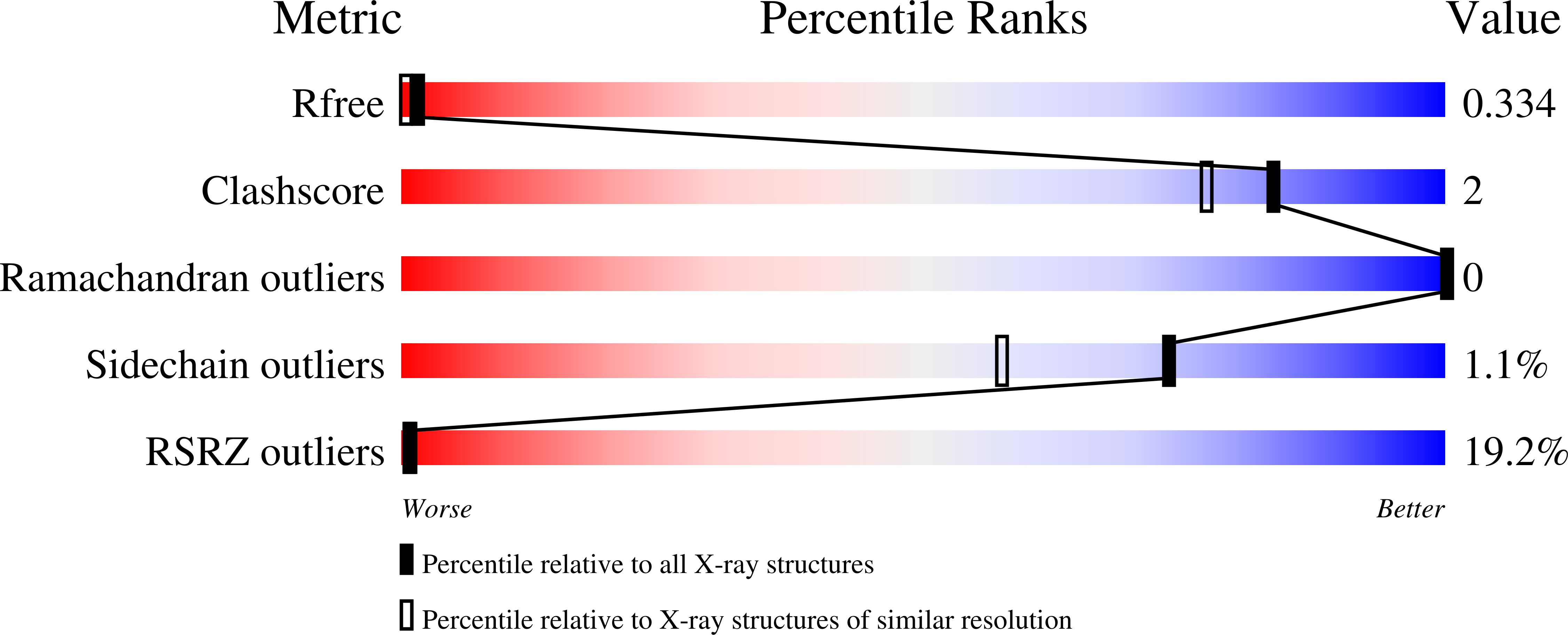
Deposition Date
2023-08-23
Release Date
2024-02-28
Last Version Date
2024-10-16
Entry Detail
PDB ID:
8QB1
Keywords:
Title:
C-terminal domain of mirolase from Tannerella forsythia
Biological Source:
Source Organism:
Tannerella forsythia (Taxon ID: 28112)
Host Organism:
Method Details:
Experimental Method:
Resolution:
1.60 Å
R-Value Free:
0.30
R-Value Work:
0.27
R-Value Observed:
0.27
Space Group:
P 31


